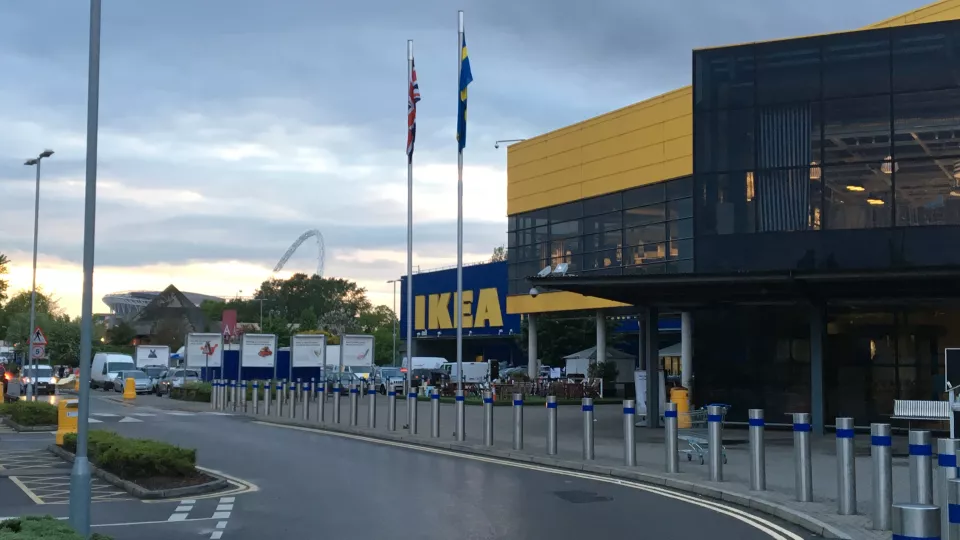IKEA has launched several new store formats in recent years, with urban multi-level full range stores, order and collect outlets, in-city reduced range stores and city-centre planning studios, all of which are different from their traditional, out-of-town, yellow warehouses. At their city-centre planning studios IKEA customers do not shop, at least not in the traditional sense. Customers can use the stores to find inspiration, plan, decide and order but they cannot make direct purchases and they do not take products with them from the store. These planning studios are the subject of a recent article entitled Ease or Excitement? by researchers from the Centre for Retail Research at Lund University. In the article, the authors explore how concept stores, like IKEA’s planning stores, which are experience-based rather than sales-based, contribute to a retail portfolio.
Excitement
There are other store formats where direct sales are not the main aim. Experience-based store formats, like brand stores and pop-up stores, engage recreational shoppers in unique, dramatic, engaging, exciting and/or theme-park-like brand experiences. In these kinds of stores, sales, if there are any, may be considered a bonus with the costs of staging such experiences written off as marketing expenses.
Ease
Concept stores are a different beast. While concept stores may be inspirational, they do not offer the dramatic, extraordinary and exciting experiences of brand stores or pop-up stores. Instead, they attract customers via their accessible locations, and offer advice and reassurance from informed personnel. In short, they offer ease rather than excitement, by removing friction from the customer journey. Concept stores are intended to be permanent features in a diversified retail portfolio rather than an ephemeral or experimental format strategy. This means that concept stores need to prove their worth over the long term. Concept stores must be evaluated to show that they are earning their place in the retail portfolio, even if they do not do so by generating direct, cash-and-carry sales in the physical premises.
In the case of concept stores, the metrics currently used by retail managers to evaluate a store’s performance, such as sales per square meter, conversion rate, total market growth, average ticket, regional sales metrics and customer satisfaction metrics applied to specific stores, are not necessarily the best ways to evaluate performance. Customers who visit concept stores might order items for delivery—from retail personnel or independently, in-store or online, in the moment or later on—but they might equally just leave with increased brand awareness, reassurance and positive brand associations that will impact their decision-making for future purchases. As such, performance measures for concept stores should consider the whole customer journey. For example, retail managers might determine the total number of touchpoints in the customer journey and then compare these findings to the financial outcomes related to the new format store.
While this study sheds some light on the purpose and contribution of concept stores in a diversified retail portfolio, more research is needed. Current research tends to focus on individual formats as transaction points rather than as touch points in a non-linear transaction process that might include various physical and digital store formats. All formats have associated cost structures and how these costs relate to revenue generation needs more nuanced consideration.
Text: Carys Egan-Wyer, Centre for Retail Research
Read the full article on the website of the International Journal of Retail and Distribution Management:
Ease or Excitement? Exploring how concept stores contribute to a retail portfolio
